Countries around the world have their own special dishes, some of which are famous not only for their unique flavors but also for their "challenging" scents. Below are some of the world's most "horrible" smelling specialties.
1. Surstromming - Swedish rotten herring
Known as one of the most unpleasant-smelling and unpleasant-tasting foods in the world, Surstromming is a Swedish dish of fermented Baltic herring with a distinctive sour taste. The herring is lightly salted and left to ferment for months, creating a scent reminiscent of rotten eggs, vinegar and rancid butter.
Surstromming is often canned and when opened, the smell can be so strong that it can make many people dizzy. Because of the extremely strong smell of rotten herring, many people only dare to open canned herring outdoors or soak the can in water before opening.
Swedes often eat Surstromming with thin bread (tunnbrod), potatoes, onions, sour cream and other condiments.
2. Hakarl - Icelandic fermented shark meat
Hakarl is a unique traditional Icelandic dish made from fermented Greenland shark meat. Because Greenland shark meat contains natural toxins, Icelanders have developed a special method of preparing it to make it safe to consume. This process involves burying the shark meat underground to ferment for about 6-12 weeks, then drying it for several months.
Rotten shark has a crispy brown color when dried. (Photo: ABC Au)
The uric acid in the meat gives it a urine-like smell, salty taste and chewy texture. Many people describe the taste as quite unpleasant, such as celebrity chef Gordon Ramsay, who was unable to swallow Hakarl. Many tourists who have tasted it say it tastes like blue cheese but with a urine scent.
However, for Icelanders, Hakarl is an important part of culinary culture and is often enjoyed with traditional Brennivin wine to balance the flavors.
3. Kiviak - Greenland's Dead Bird Stuffed Seal Dish
Kiviak is an unusual winter dish of the Inuit people of Greenland. This traditional dish is made by stuffing 500 small seabirds (auks) with their beaks, legs, and feathers into the stomach of a de-entombed seal, then sewing it shut and burying it underground to ferment for several months.
After 7 months, the fermented seal fat will seep into the birds, softening them, and people can eat the auks directly from the seal's belly without processing.
Kiviak is a dish reserved for special occasions in Greenland such as weddings or holidays, and is also a staple dish at Greenlandic weddings.
Although a prized delicacy in Inuit culture, Kiviak has a very strong odor, so much so that it is often enjoyed outdoors to avoid the smell permeating the home.
4. French Vieux Boulogne Cheese - smells like an uncleaned toilet
Vieux Boulogne is a soft cheese originating from Northern France, specifically the Pas-de-Calais region near the town of Boulogne-sur-Mer. Made from pure cow's milk, Vieux Boulogne is famous for its strong, distinctive aroma, to the point that it is known as the "most unpleasant" cheese in the world.
The Vieux Boulogne's strong aroma comes from its unique production process: the rind is soaked in beer for about nine weeks. This creates a fermentation reaction between the beer and the enzymes in the cheese, resulting in a strong, distinctive aroma.
Vieux Boulogne cheese has the strongest smell in the world. (Photo: tasteoffrancemag)
In 2004, scientists at Cranfield University (UK) used an odor-analyzing device called an "electronic nose" to evaluate the odors of various cheeses. The results showed that Vieux Boulogne topped the list in terms of odor strength.
The smell of this cheese has even been compared to the smell of a toilet that hasn't been cleaned in a long time or "a mixture of body odor and cow dung."
Vieux Boulogne smells so bad that it's forbidden to eat on public transport in France.
5. Hongeo-hoe - Korean fermented stingray
Hongeo-hoe is fermented stingray. With a distinctive stench like that of a toilet, Hongeo-hoe is considered one of the most unpleasant-smelling foods in the world.
Made from stingrays, a fish that has no bladder or kidneys, and excretes waste directly through the skin in the form of uric acid. When fermented, uric acid is produced and converted into ammonia, causing an unpleasant smell.
Hongeo-hoe fermented skate is quite expensive. (Photo: NYTimes)
Hongeo-hoe is a unique traditional Korean dish made from fermented stingray. The natural fermentation process of stingray produces a strong scent, often compared to the smell of urine (ammonia) or an outdoor toilet.
Fermented skate is sliced and eaten raw, often with spices and raw vegetables. Although the smell can be unpleasant for many, Hongeo-hoe is highly appreciated by gourmets. The flesh has a characteristic firm texture and rich flavor, providing a unique culinary experience.
After enjoying it, the ammonia aftertaste from Hongeo-hoe can linger in the mouth and even stick to the diner's clothes and hair for hours.
6. Natto - Japan's "slimy" soybean dish
Natto is a traditional Japanese food made from fermented soybeans. It has a slimy texture with long, sticky strings that bind the soybeans together and a distinctive, unpleasant smell that not everyone can stand.
Many people say the food has a strong, pungent smell, similar to ammonia or old socks. Some compare the taste of natto to “rotten” cheese or aged meat. The smell comes from compounds created during the fermentation process, including diacetyl and pyrazine.
Natto - Japan's famous fermented soybean dish. (Photo: Vietnam+)
Despite its rather unpleasant smell, Natto is a powerful source of nutrition, providing abundant protein, fiber, vitamins and minerals. This food also contains a lot of vitamin K2, vitamin C, iron, calcium, magnesium, potassium and zinc... good for health.
7. Chinese Stinky Tofu
Stinky tofu is a popular Asian street food. The process of making stinky tofu involves fermenting fresh tofu in a special environment to create a unique flavor. What tourists remember most when talking about this popular dish is its characteristic musty smell.
Often sold at night markets or on the street, stinky tofu is said by food connoisseurs to be more delicious the stronger the smell.
Stinky tofu has a strong smell but a rich flavor. (Source: Great Big Story)
Despite its distinctive, strong aroma, often compared to that of overripe cheese or sweaty socks, stinky tofu has a rich, creamy flavor that appeals to many. When deep-fried, the crispy exterior combines with the soft interior to create a unique culinary experience. However, the distinctive aroma can make some people hesitant to try it for the first time.
Stinky tofu can be eaten raw, steamed, stewed, or most commonly fried and served with chili sauce. The color of stinky tofu is also quite diverse, in Zhejiang, stinky tofu is fried golden while in Hunan, stinky tofu is black./.
(Vietnam+)
Source: https://www.vietnamplus.vn/nhung-mon-dac-san-co-mui-kinh-khung-nhat-the-gioi-ban-co-dam-nem-thu-post1023137.vnp


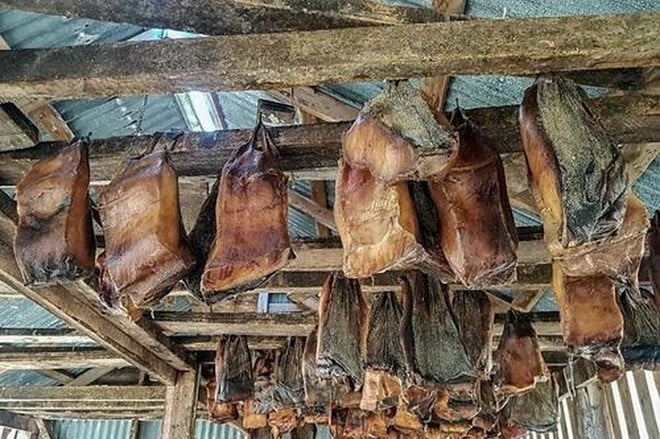

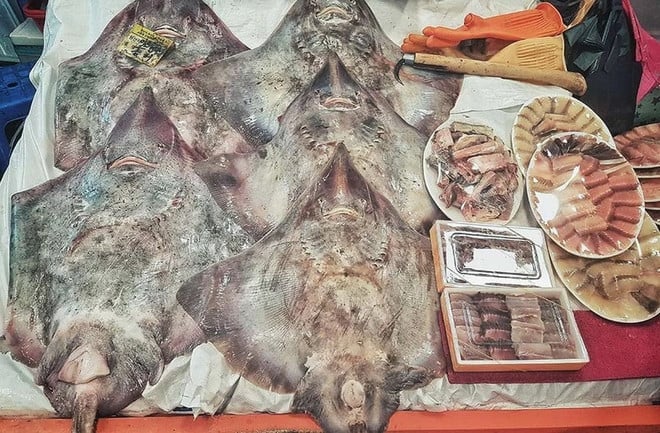
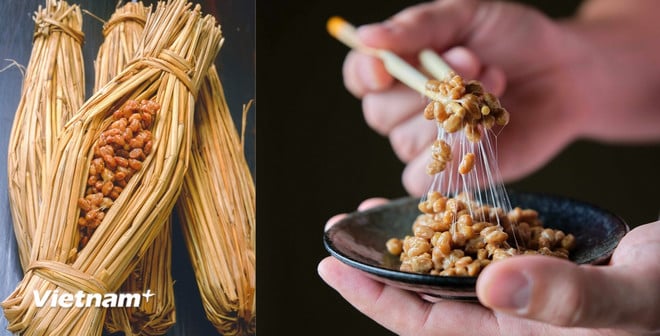
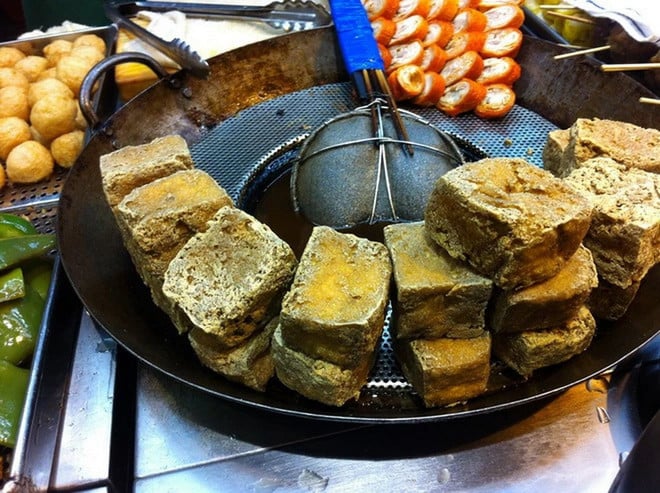





![[Photo] The 5th Patriotic Emulation Congress of the Central Inspection Commission](https://vphoto.vietnam.vn/thumb/1200x675/vietnam/resource/IMAGE/2025/10/27/1761566862838_ndo_br_1-1858-jpg.webp)


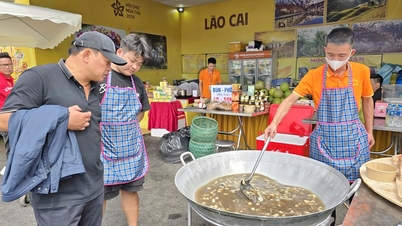

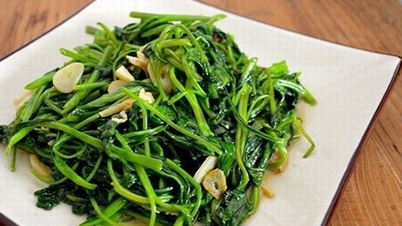
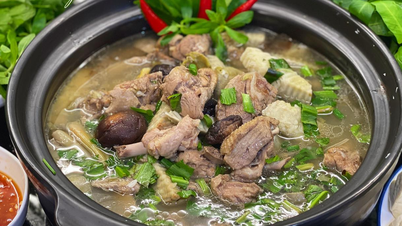

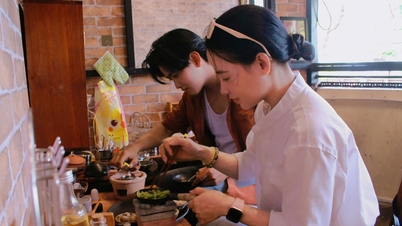











![[Photo] National Assembly Chairman Tran Thanh Man receives Chairman of the House of Representatives of Uzbekistan Nuriddin Ismoilov](https://vphoto.vietnam.vn/thumb/1200x675/vietnam/resource/IMAGE/2025/10/27/1761542647910_bnd-2610-jpg.webp)
![[Photo] Party Committees of Central Party agencies summarize the implementation of Resolution No. 18-NQ/TW and the direction of the Party Congress](https://vphoto.vietnam.vn/thumb/1200x675/vietnam/resource/IMAGE/2025/10/27/1761545645968_ndo_br_1-jpg.webp)
































![[Photo] Prime Minister attends the 28th ASEAN-China Summit](https://vphoto.vietnam.vn/thumb/402x226/vietnam/resource/IMAGE/2025/10/28/1761624895025_image-2.jpeg)







































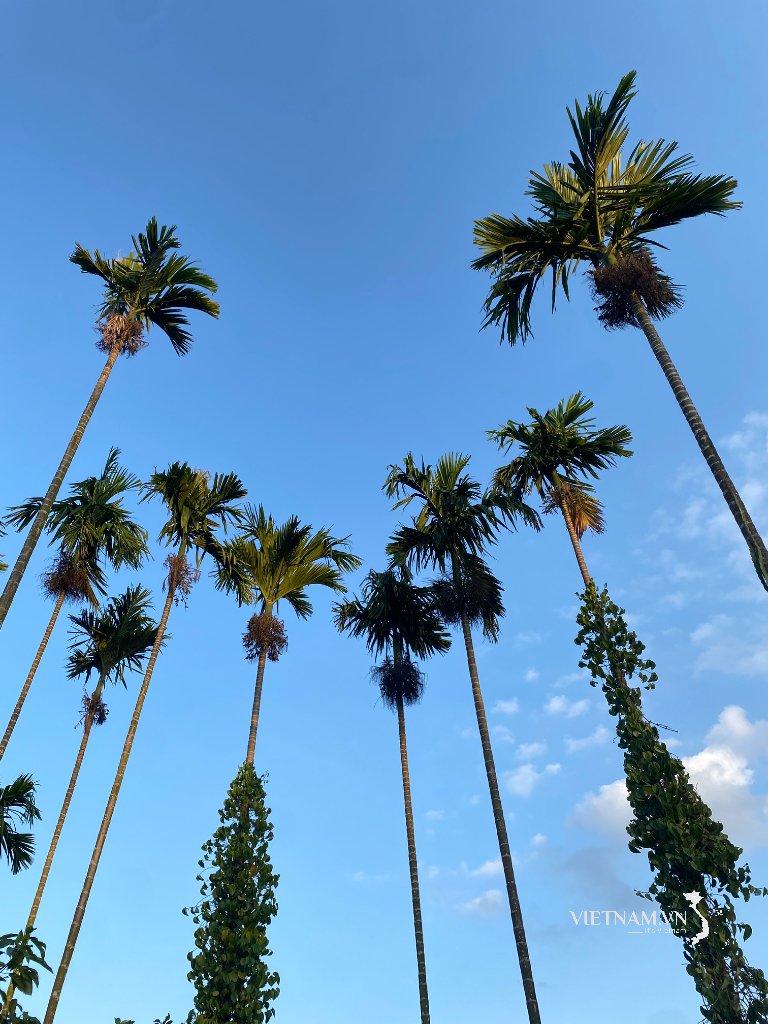


Comment (0)